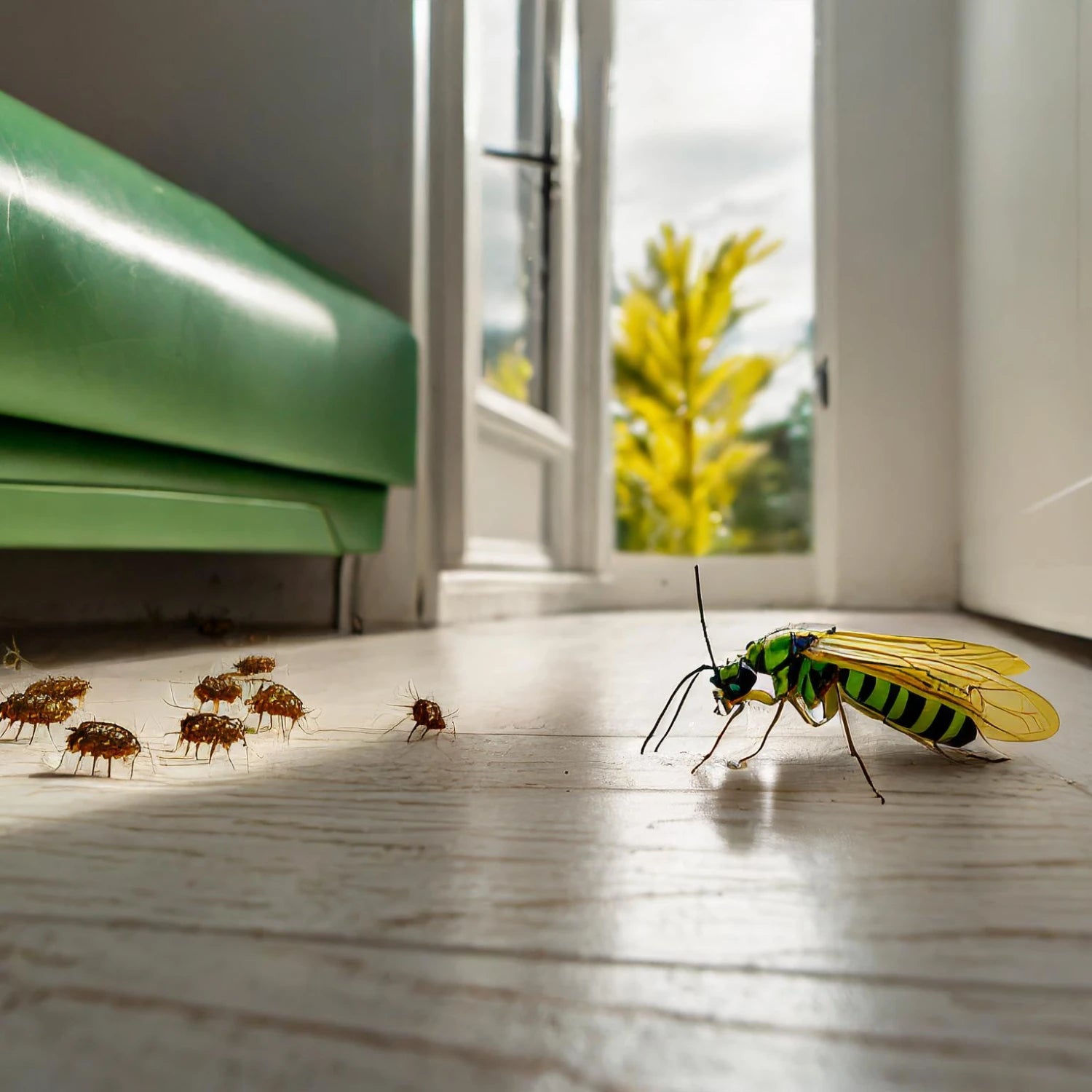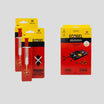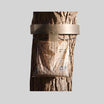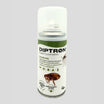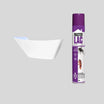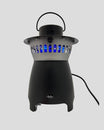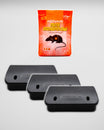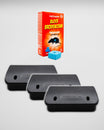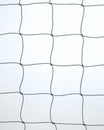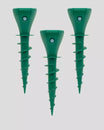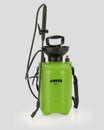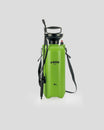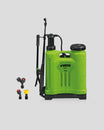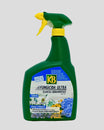Bedbugs, small insects known for feeding on human blood and infesting beds and furniture, have generated doubts and fears. Despite being common pests, there are still many myths about their origin. In this article, we will explore the true origin of bedbugs and debunk some popular beliefs.
The Origin of Bed Bugs: History and Evolution
Bed bugs (scientific name Cimex lectularius ) have a long history with humans. Research suggests that these insects have been around for thousands of years and may have evolved from parasites of bats. Over time, as humans began to build shelters and live in communities, bed bugs adapted, feeding on human blood and living in domestic environments.
Where are bed bugs found?
● Beds, mattresses and bedding.
● Cracks in walls, furniture and skirting boards.
● Luggage and suitcases.
● Places with high turnover of people, such as hotels, public transport and cinemas.
How Do Bed Bugs Spread?
Bed bugs do not fly. They spread mainly through:
- Luggage: International or local travel is one of the main forms of transportation for bed bugs.
- Used furniture : Second-hand sofas, mattresses, and furniture can have bed bugs hiding in their crevices.
- People and clothing: Although rare, they can attach themselves to clothing or personal belongings.
- Nearby infestations: They can migrate between apartments or rooms in search of food.
Myths About the Origin of Bed Bugs
Bed bugs are often associated with dirt and poor hygiene, but this belief is a myth. Here are some of the most common misconceptions:
Myth 1: Bed bugs appear due to lack of cleaning
While cleanliness is important to avoid other types of pests, bed bugs are not associated with dirty environments. They can infest both clean and dirty environments, as long as they find a food source.
Myth 2: Bed bugs only appear in cheap hotels
Luxury hotels may also be affected. The main factor is the high turnover of people, regardless of the standard of the place.
Myth 3: Bed bugs spread by flying
Bed bugs do not fly or jump, but rather move and hide in luggage or furniture to move from one place to another.
Myth 4: Homemade insecticides kill bed bugs
Homemade solutions are rarely effective against bed bugs. They are resistant to many insecticides and require professional products.
How to Identify a Bed Bug Infestation?
Signs of an infestation include:
● Bloodstains: Small red stains on sheets after being crushed.
● Bed bug feces: Black or brown spots on mattresses and furniture.
● Strange odor: A sweet, musty odor may be noticeable in large infestations.
● Skin bites: Bites in a line or in groups, usually in areas exposed during sleep.
Tips for Preventing Bed Bugs:
While it is difficult to completely avoid contact with bed bugs, some practices can reduce the risk of infestation:
- Inspect luggage and clothing after travel: Wash clothes at high temperatures and vacuum luggage when returning from travel.
- Avoid used furniture: Be careful when purchasing second-hand furniture or mattresses.
- Keep the environment organized: Although they are not attracted to dirt, a disorganized environment offers more hiding places for bed bugs.
- Inspect hotel rooms: Check mattresses and headboards before checking in.
Recomended Products

Complete kit to eliminate Bedbugs


